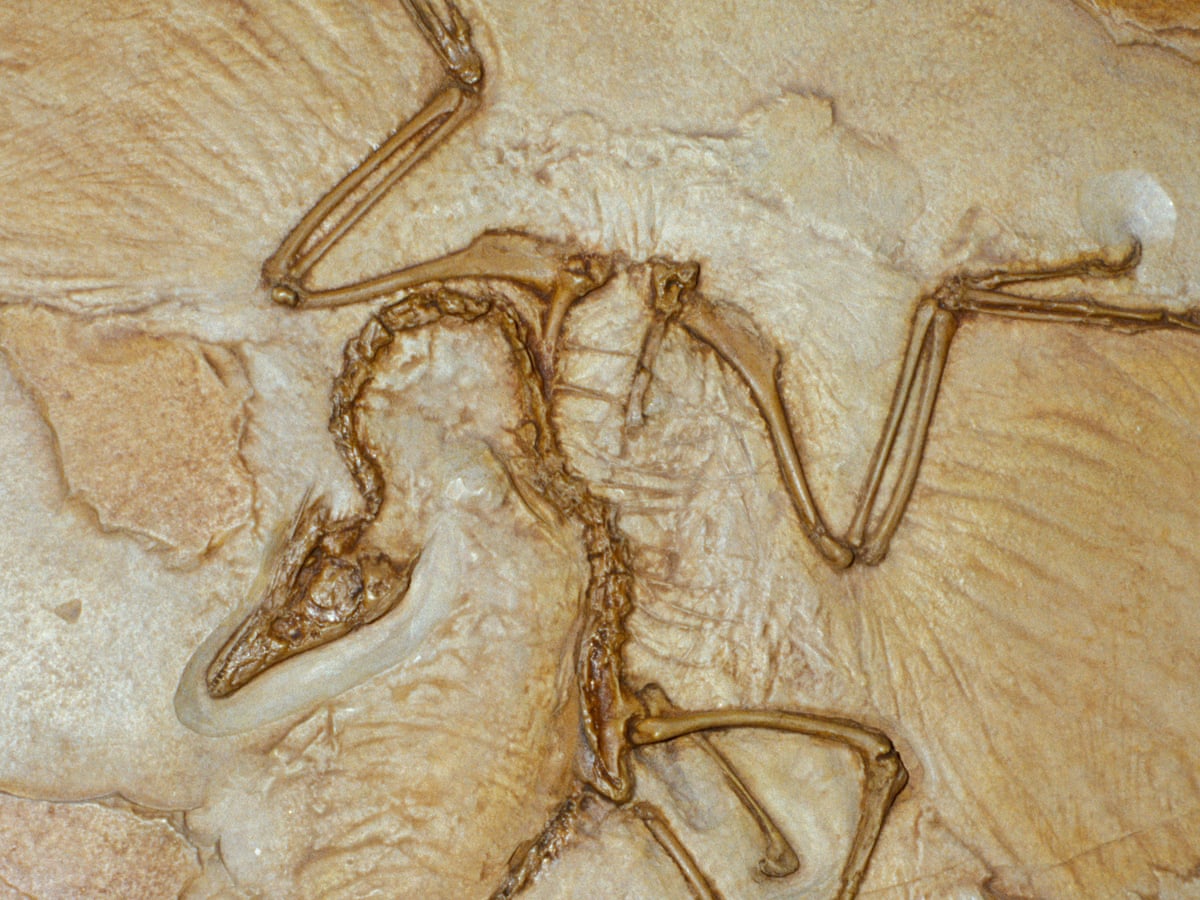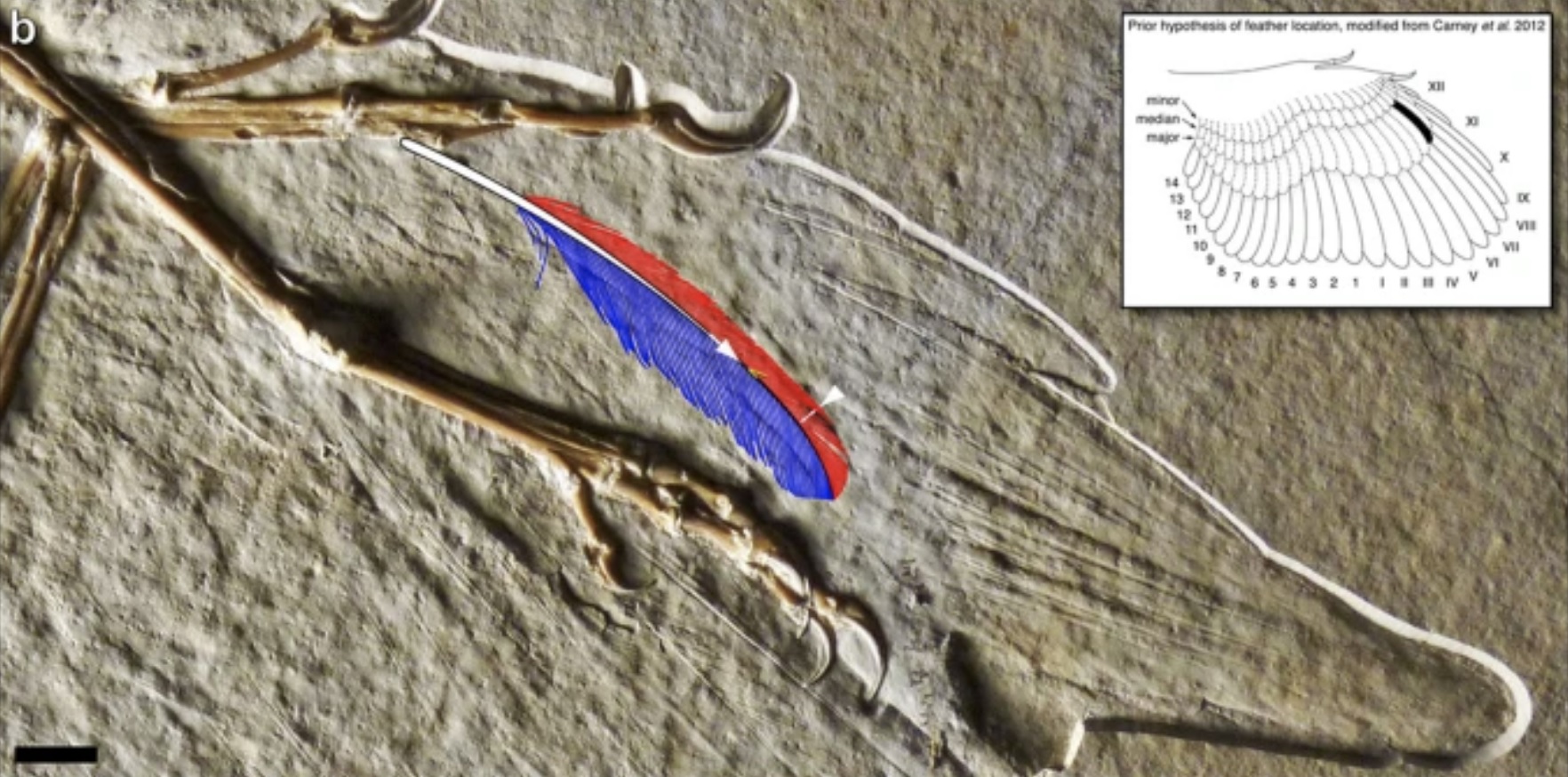© 2000-2023 - Enkey Magazine - All rights reserved
ENKEY SNC - VAT ID IT03202450924 / REA Code CA253701 - Phone. 078162719
The fossil of a dinosaur feather survives until present day and looks virtually identical to the day it was shed – over 150 millions of years ago. It’s not the premise of the next chapter in the Jurassic Park franchise, but an intriguing “mystery” to which paleontologist could not give an unanimous answer – before last year.
The German dinosaur feather was long-rumored to have been shed by a flying dinosaur species known as Archaeopteryx. Scientists, however, were not in all-around agreement. Until last year, there were no elements to determine for certain whether the feather had been shed by an Archaeopteryx and not by some other dinosaur species.
Recently, however, a new research project was able to shed some light on the mystery surrounding the dinosaur feather. Modern technologies allowed researches to digitally reconstruct an Archaeopteryx and confront its plumage with the German fossil. The resulting match was strikingly spot-on.
The world’s oldest dinosaur feather hails from Germany
The dinosaur feather in question was retrieved in 1861 in a limestone deposit in Bavaria (Germany). Dating back to 150 million years ago, it is both the first and the oldest fossil to belong to a flying dinosaur.
The discovery would lead to an heated debate stretching well into modern-day palentology. But what is it about this particular fossil feather that makes it so bizzarre?

The problem was that scientists had little to no elements to determine what dinosaur might have shed the feather found in Germany. Back when it was discovered, the most likely candidate appeared to be an Archaeopteryx, a flying dinosaur roughly the size of a large crow. With their feathered plumage and beak-like skulls, Archeopteryx have long been considered the link between the flying reptiles of the Jurassic era and modern birds.
Scientists, however, were not entirely sold on this theory. Even though the feather was outwardly intact and extremely well-preserved, no other Archaeopteryx fossils had been found in its immediate whereabouts. Early day paleontologists pointed out that while Archaeopteryx was as good a guess as any, the feather could have belonged to a number of other flying species – from Microraptors to Anchiornis – just as well.
Even as late as 2019, HKU palentologist Michael Pittman would object that “[…] of Hong Kong University would point out that “the feather remains an enigma so we caution against the isolated feather’s association with Archaeopteryx.”
Dr Ryan Carney seeks to bring the Archaeopteryx “back to life”
Some time last year, Dr. Ryan Carney of the University of South Florida brought this long-standing mistery back into the spotlight. His discoveries highlightened a striking series of parallels between the German feather and a fossilized Archaeopteryx skeleton.
A National Geographic explorer, Dr Carney harbors a long-standing fascination for the mysterious German fossil. On the 150 anniversary of the discovery, he had the dinosaur feather tattooed on his arm. Carney even reconstructed a 3D Archaeopteryx in a video project for his rock band. His passion would pave the way for a dedicated research, leading to astonishing discoveries.

Through the use of advanced imaging technology, Dr. Carney and his team analyzed the wings of an Archaeopteryx skeleton discovered in Altmühl. After making sure that the German fossil and the wing were compatible in terms of size and shape. the scientists painstakingly traced the curve of the original and confronted it with the impression of the various orders of feathers, layer by layer.
The results were nothing short of amazing. The German dinosaur feather perfectly matches with the preserved primary coverts. But that’s not all. The advanced high-resolution scans brought up evidence of fossilized pigments to suggest not only the feather’s original placement and function, but also its color – matte black with darker tips.
The next goal is to reconstruct just how the Archaeopteryx used to fly. The project takes off from Dr. Carney’s 2016 doctorate thesis, with a X-ray simulation of the dinosaur’s flying pattern. Ryan Carney expressed interest in entirely reconstructing an Archaeopteryx and “bring it to back to life”, if only digitally. In his own words, “I want it to be perfect. It needs to be flawless.”
This post is also available in:
 Italiano
Italiano

